
Catalog published on the occasion of the solo-exhibition of Johan Creten's "The nature of clay" in Monaco.
The École Supérieure d'Arts Plastiques - Pavillon Bosio hosted in 2015 Johan Creten's exhibition, "The Nature of Clay" organized by the association The Monaco Project for the Arts. Johan Creten presented a selection of works from his most emblematic series, including the flowery female busts "Odore di Femmina", "La Vague pour Palissy" and "Les Colonnes Révolutionnaires". This exhibition explored the relationship between clay and nature but was also intended as a study of the nature and symbolism of clay.

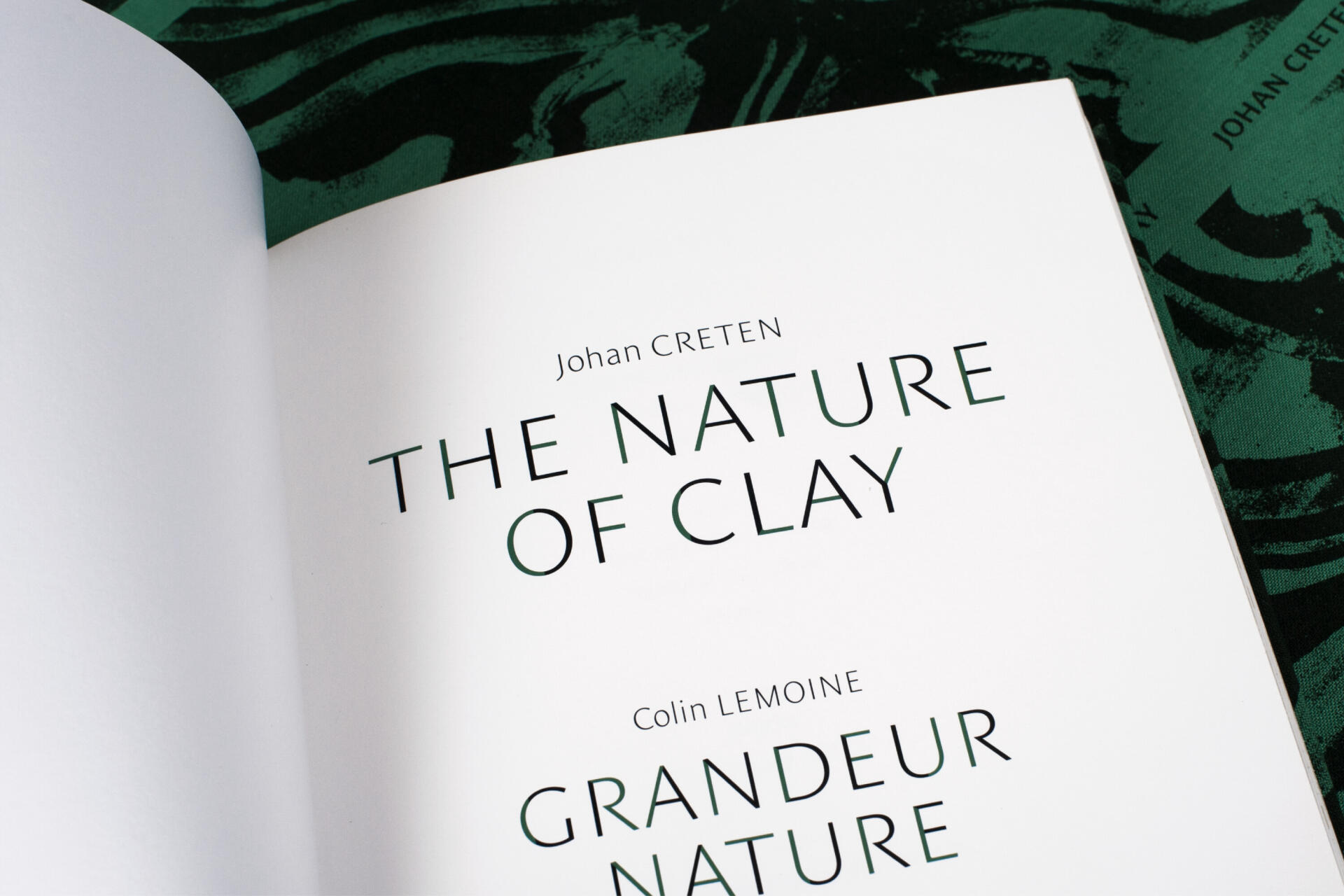
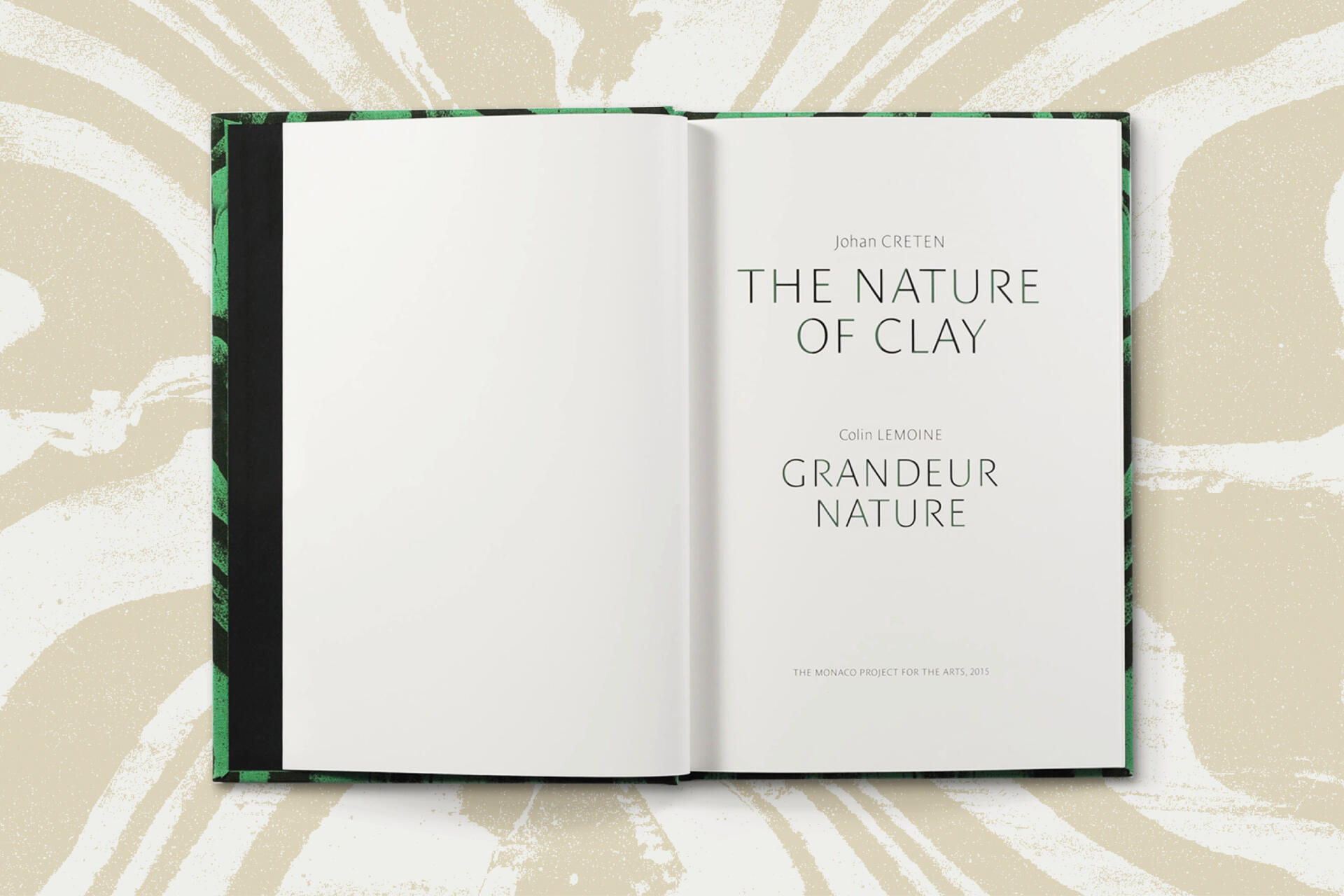
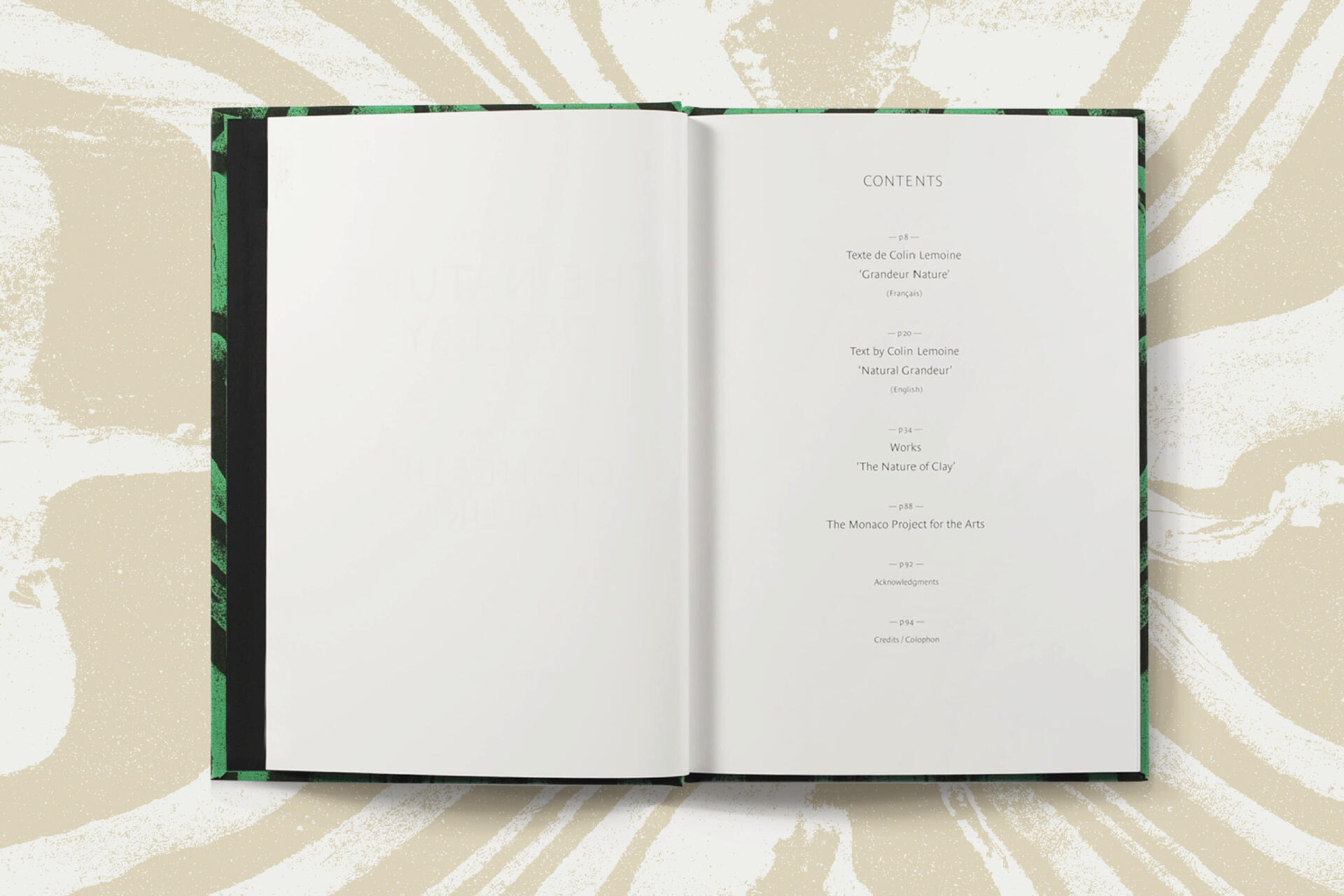

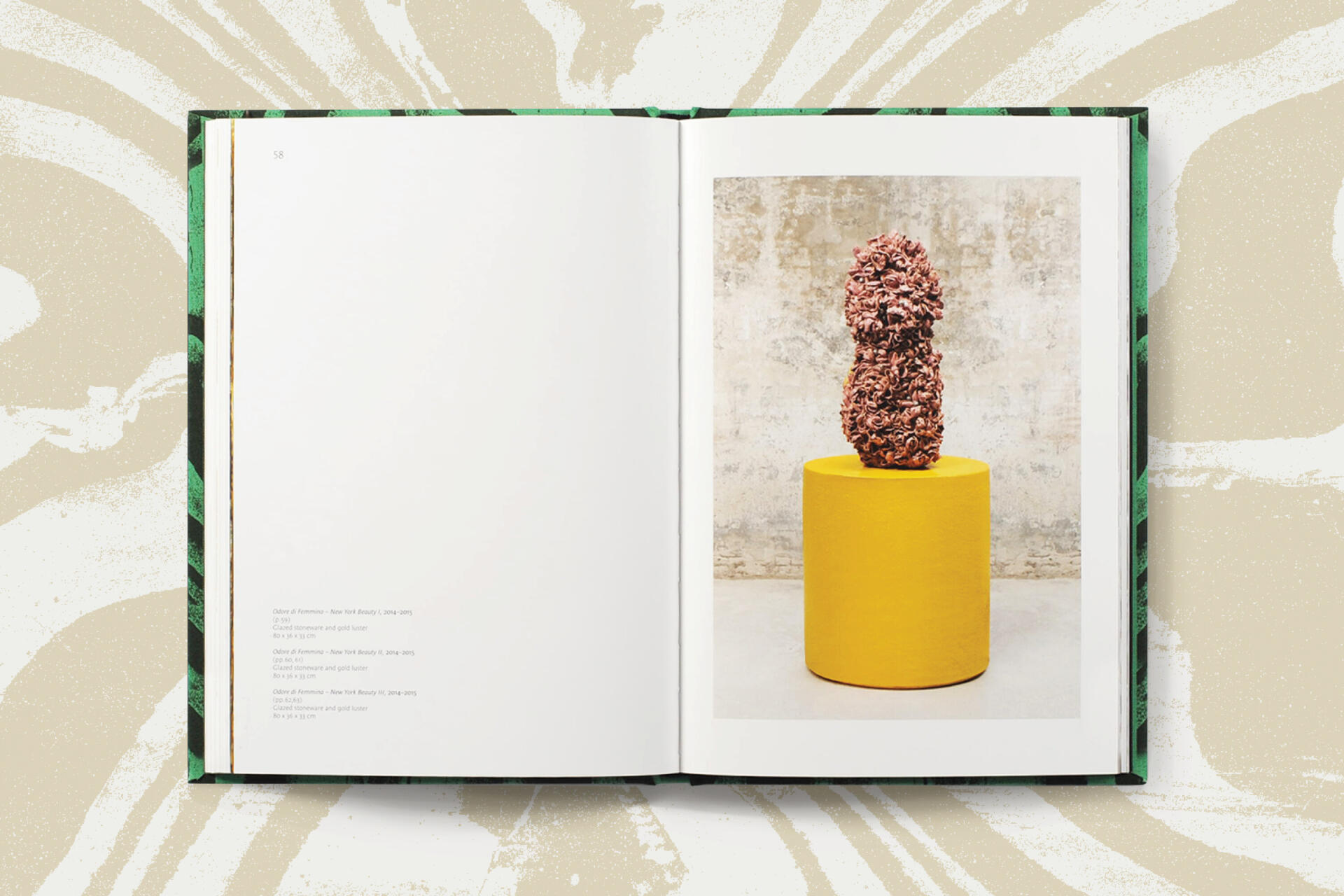
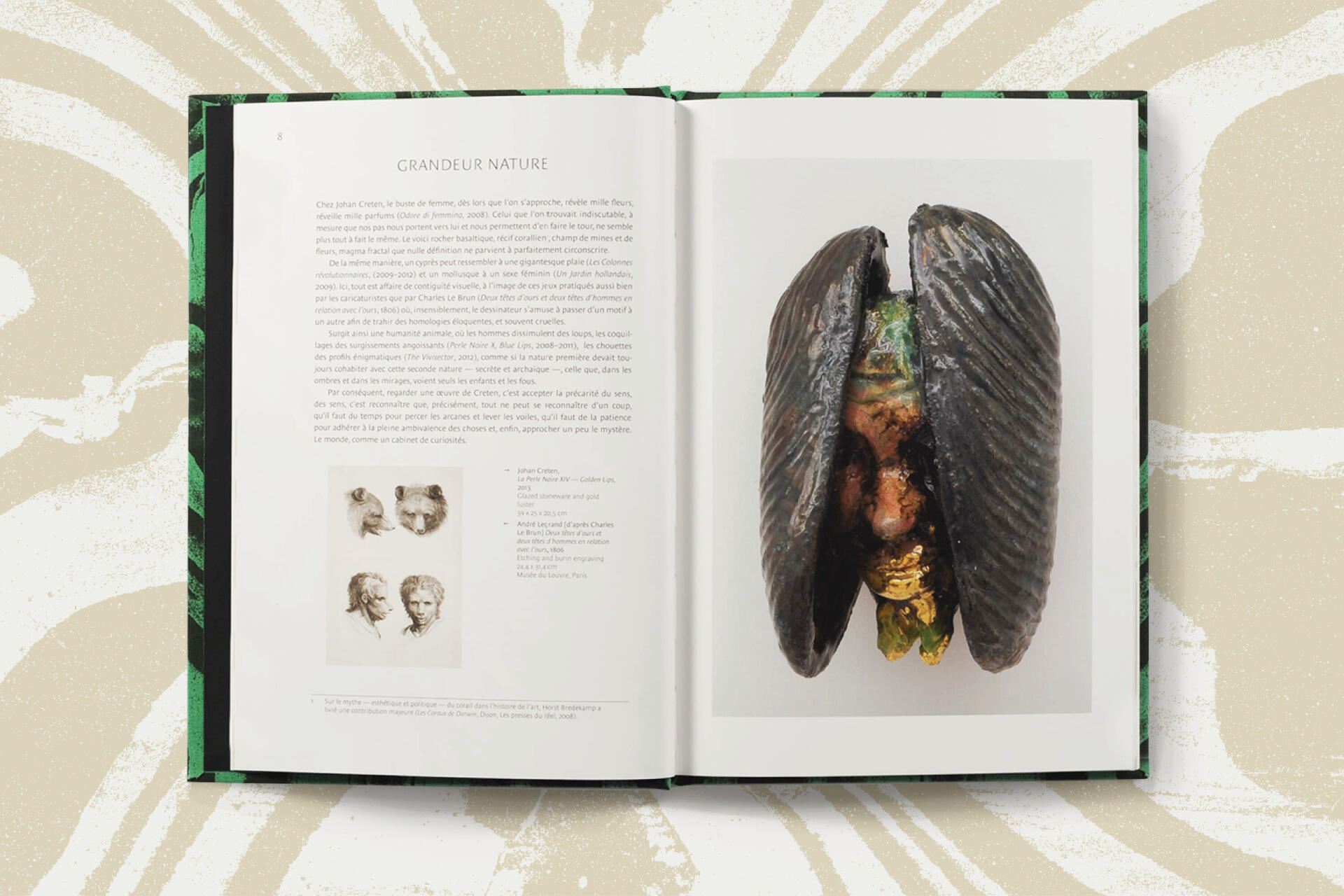
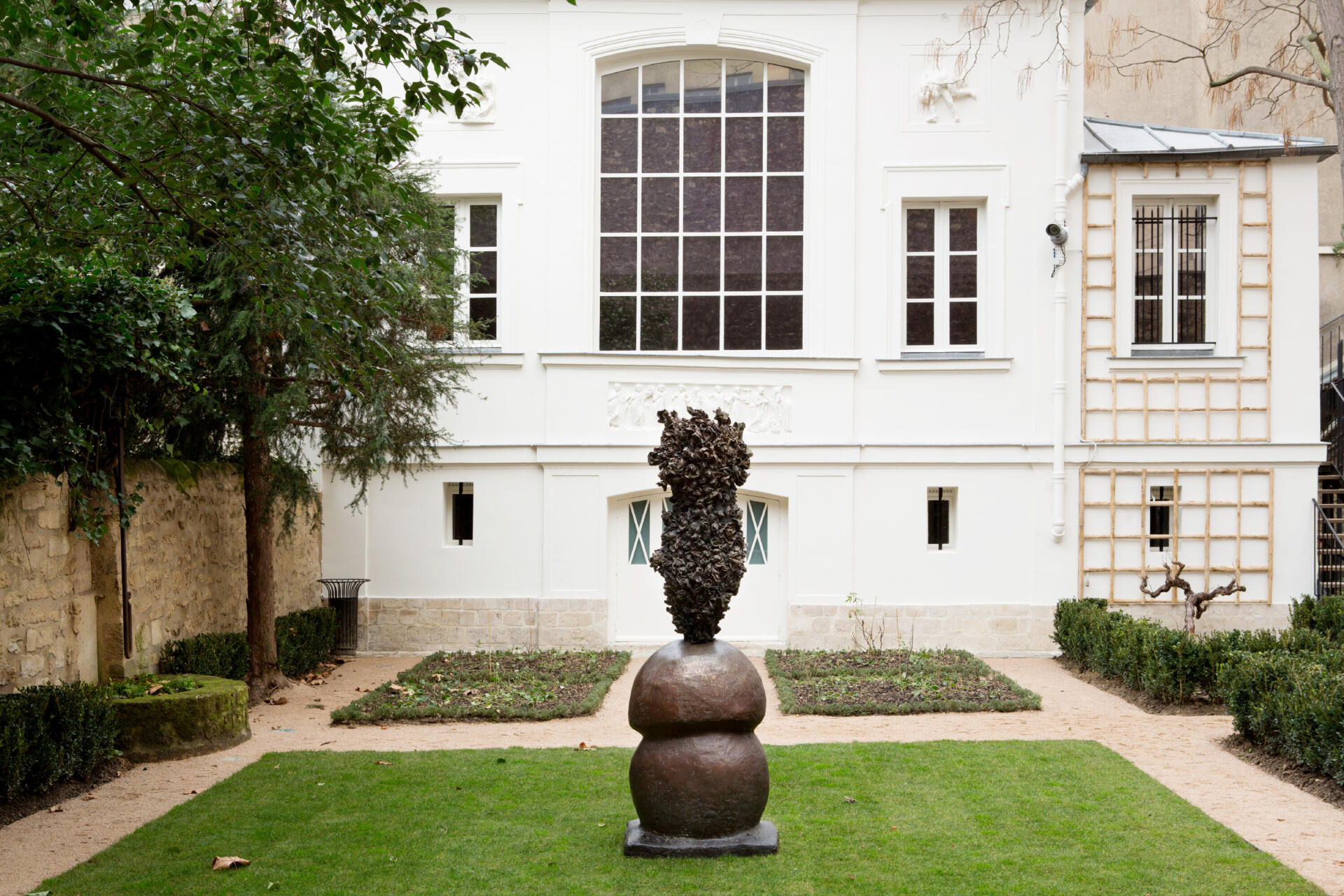
"What is visible is neither unique nor undivided. It is plural and polysemic. Like a prism. What is visible one day, from such an angle and in such a light, can, under other circumstances, take on a different appearance, and therefore a different meaning. The tree in the forest, which yesterday seemed so manifest, so present, can become, tomorrow, a worrisome mass, a gigantic task, a frightening planisphere, a grotesque face.
The world is, against our will, mobile and labile, a genuine kaleidoscope off which lexical inspection slides. Rembrandt opposite Saskia, Chopin facing Sand, Proust in Venice: they all knew, as Johan Creten does in their wake, that the visible world does not give itself at once, that it is necessary, if one wishes to record it in its entirety, to capture its ointments, to anchor its moire and its mother-of-pearl, its thousands of infinite coruscations. It is no coincidence if the sculptor masters, like few artists before him – Bernard Palissy, Émile Gallé and Henry Cros –, the reflections and the gleams, all those varnishes and those textures that make it possible to articulate the iridescence of the visible. When reality, like the flame, twinkles and flickers."
Colin Lemoine in "Nature of Clay", p.7, 2015
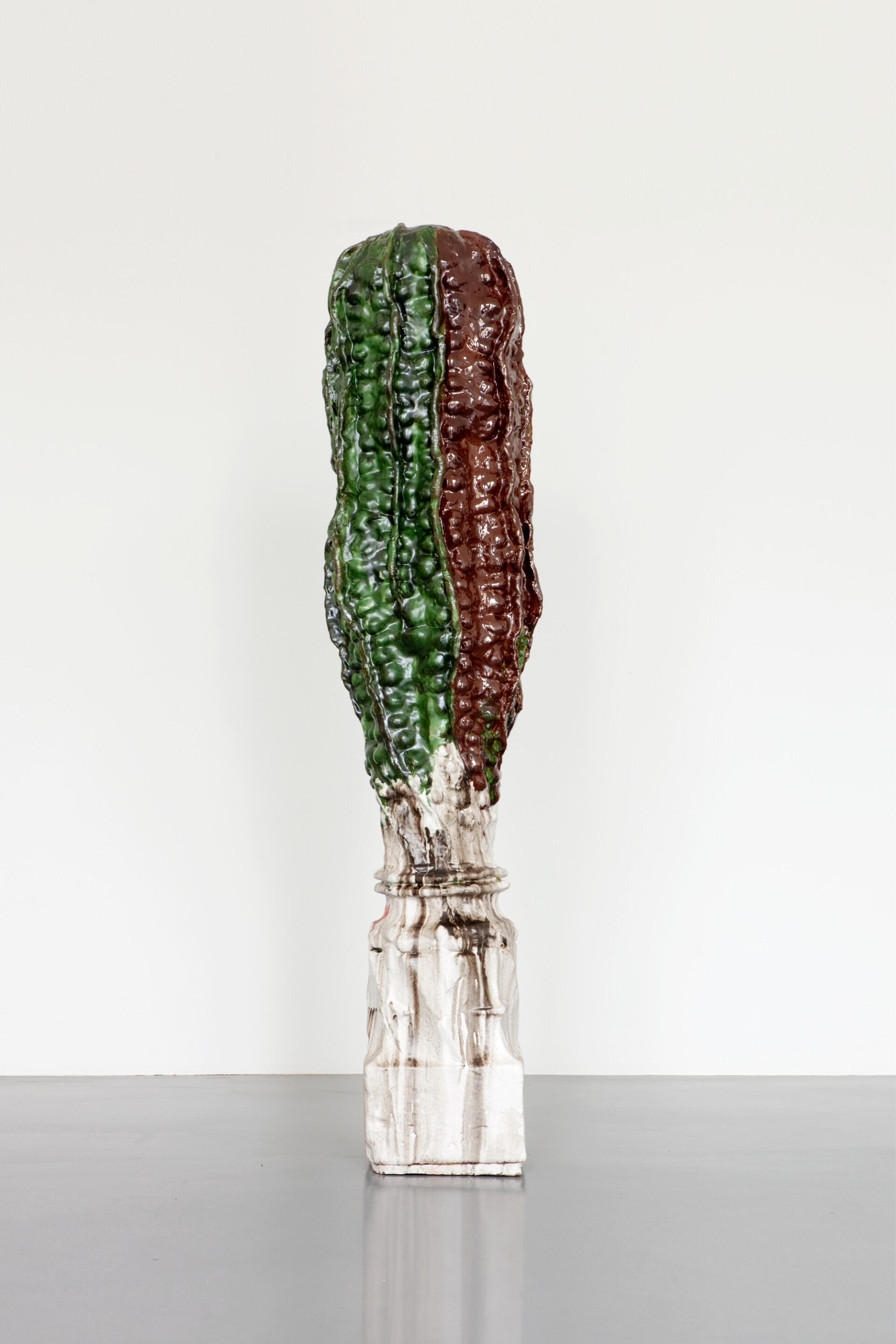
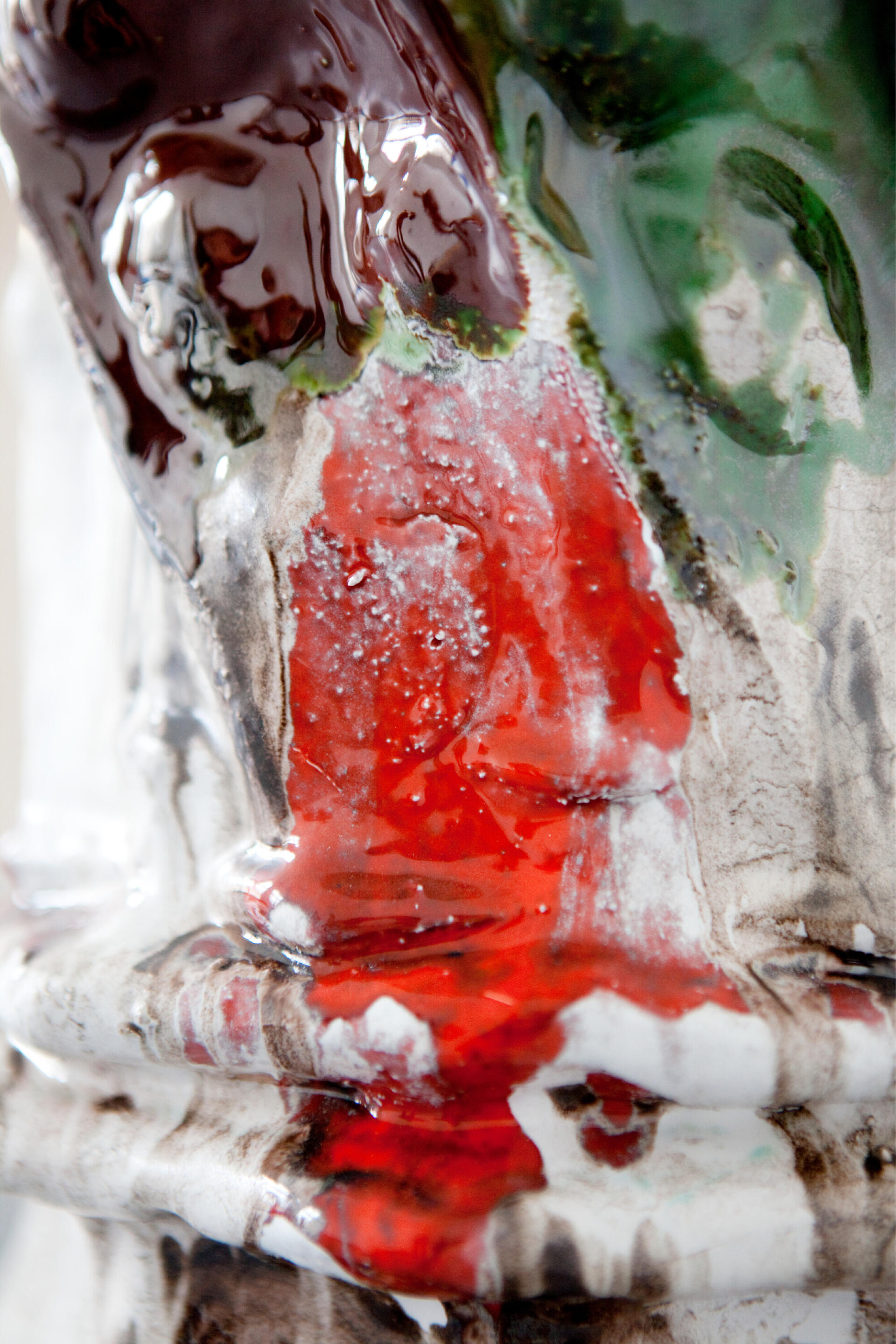
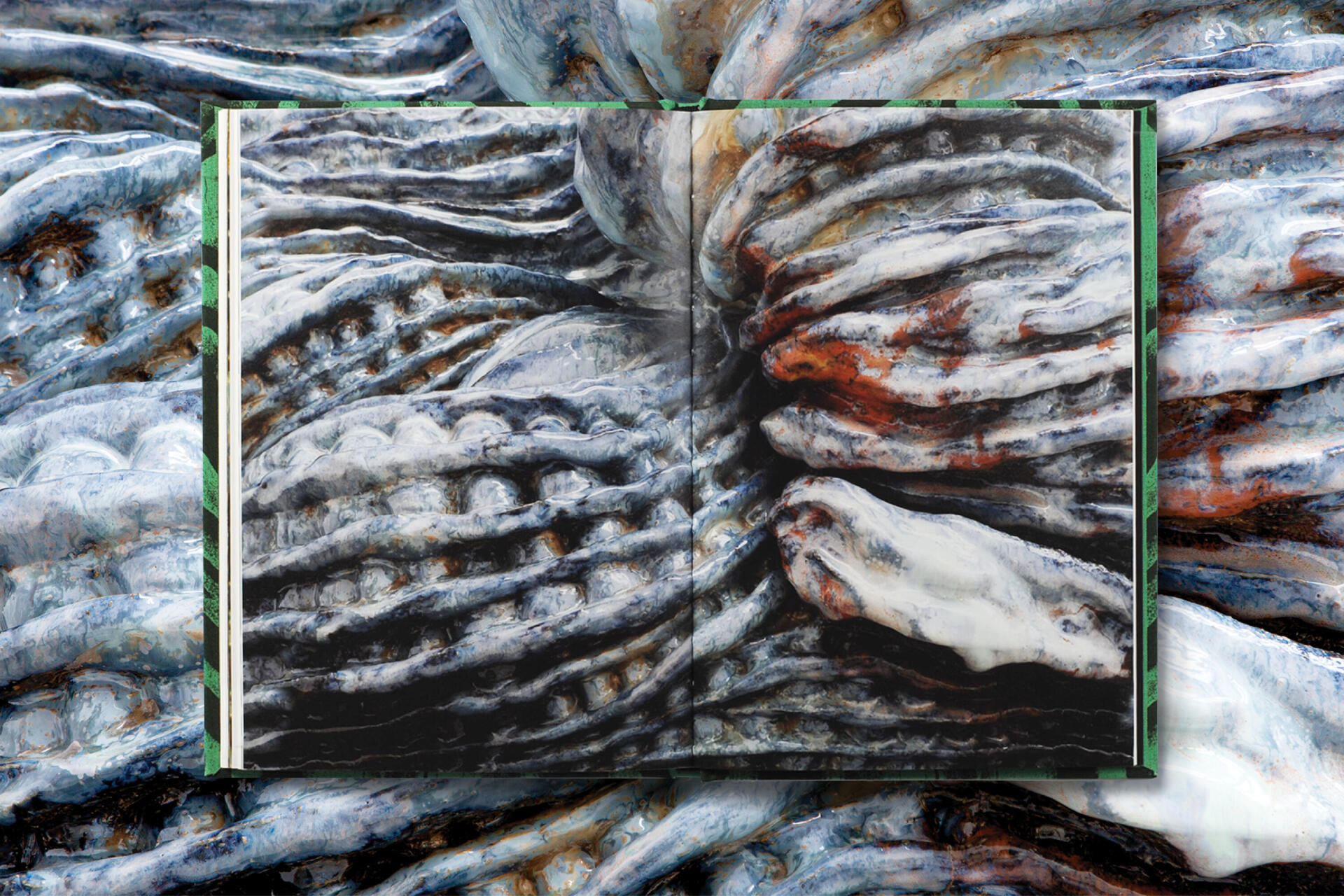
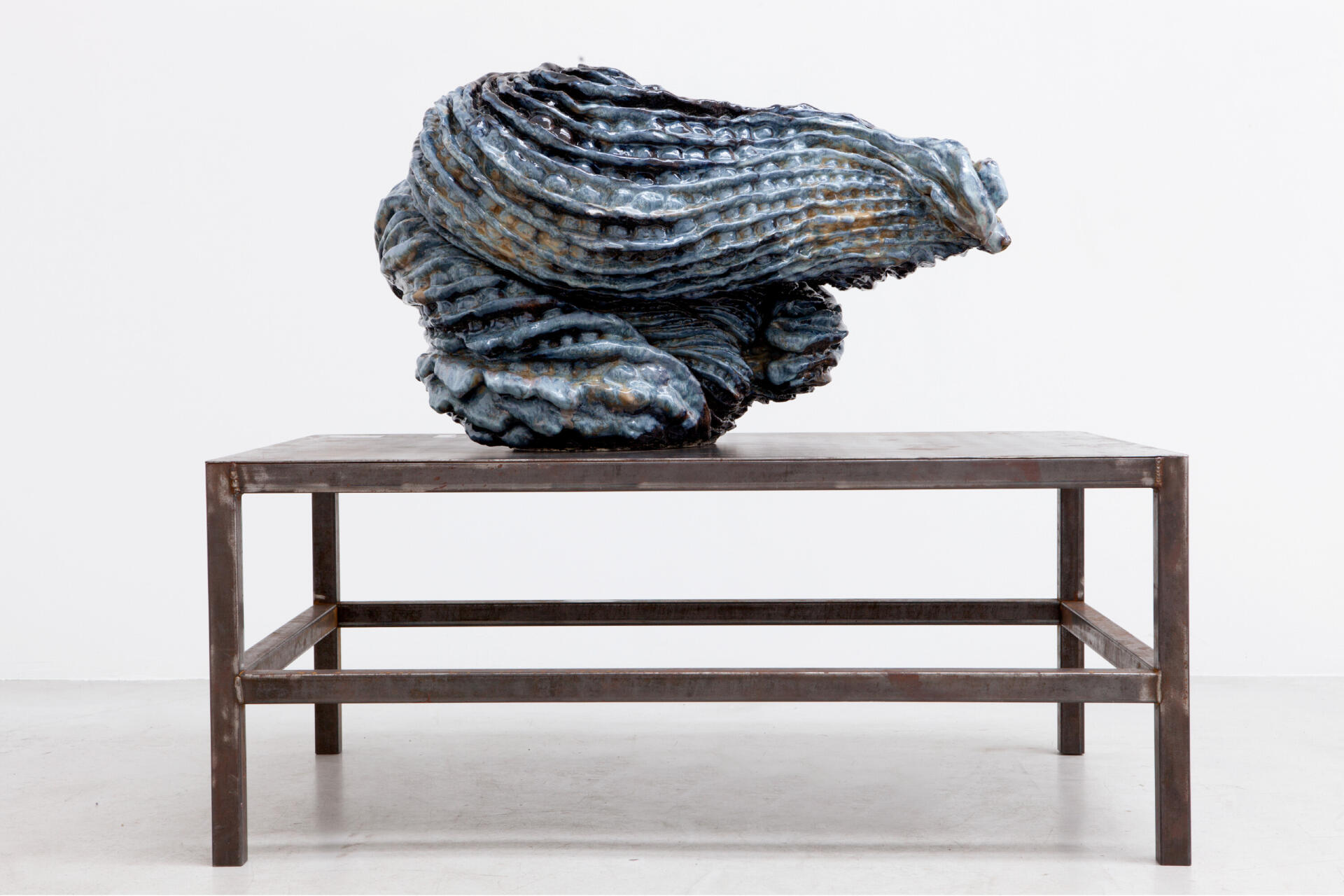
- TEXTS
Colin Lemoine
Translation: Patrick Lennon
Language: French/English
- FORMAT
18 x 25 cm
French format
98 pages
Hardcover
- PRINT
Guido Maes – Printing deluxe
1st printed edition of 1.000 copies
- ISBN 978-2-9551233-2-4
- Published by
Johan Creten & The Monaco Project for the Arts 2015

